Carnaval: Into the Heart of Cuba
Of my recent trip to Cuba, I can think of a hundred ways to tell you about my experience that make more sense than where I’m choosing to begin my story. I could write a logical day-to-day account from start to finish, or prioritize the sights I saw in a narrative path around the island. But Cuba isn’t linear and exploring the country is more akin to falling in love than to following an itinerary. That’s why I’m starting my story in the middle, taking you straight into the heart of Cuba through the experience of Carnaval.
Getting to Carnaval isn’t quite as fun as being there. Carnaval takes place in the city of Santiago de Cuba, but all flights are booked so my husband and I, and the two close friends we’re traveling with, sardine ourselves into the “big” and “comfortable” taxi booked for us by the host of our casa particular. We depart Havana at 6:00 a.m. and drive all the way across the island, arriving in Santiago de Cuba after an epic 13-HOUR trip. In Cuba, affordable taxis are never “big” or “comfortable,” so the journey is a meditative exercise in patience, yet it allows us to see this gorgeous country (and all of its potholes) from top to bottom.
We dive into Carnaval on our second night in Santiago de Cuba. Carnaval lasts for a week, but very little information exists about what happens each night so we decide to just show up and see what happens. Our taxi driver drops us at the port around 9:30 p.m. and the spectacle begins to come alive.
The evening starts with a parade of muñecones (papier-mâché characters) and a curious dance with the devil. Sensual, suggestive, intimidating … Carnaval is not shy. Yet the kids are not at home with the babysitter, either. No wonder an entire city of people — young to old — know exactly how to step their feet and sway their hips when the primal rhythm of a comparsa goes thumping down the street. Cubans have been doing this for a very long time.
Carnaval traces all the way back to the 17th century, and what happens in Santiago de Cuba these days is likely an interpretation of past summer festivals called Los Mamarrachos. Mamarracho translates to “sight” or “mess,” and Carnaval is certainly both in grandeur and color. As the night goes on, the costumes get bigger and more ornate. By 11:00 p.m. the early parade of novel characters has transformed into an extravagant runway of creativity.
In between the flowers, wings and ruffles, out come the big drums and percussive ensembles that beat me back into the elemental bliss of feeling the rhythm of Cuba. This alternating between congas and paseos — groups of musicians and lavishly dressed characters — keeps bringing the whole experience back down to earth, while building the anticipation of what comes next. As much as I love the fanciful costume designs, the drums and the passion surrounding them are my favorite part of Carnaval.
The corneta china squeaks out its distinct horn sound all night long, sometimes in ear-piercing blurts over the sound system. The instrument was introduced to Carnaval in the early 1900s. If I close my eyes and listen to the horns and the drums, I can imagine being at Thaipusam in Singapore. The corneta china adds a worldly dimension to this uniquely Cuban festival.
Just as we think the evening might be nearing its end … nope. Carnaval kicks it up another notch. We’ve migrated from the grandstands to the staging area and a new parade of the night’s most elaborately dressed characters begins to appear from out of nowhere. I love this vantage point — in the middle of traffic, in full contact with the pride and joy of these amazing performers.
And then we see it — the first float and the dazzling men and women standing on it. There has been so much to look at, we haven’t even noticed this new addition to the parade approaching us from the far end of the route. A man with a flame shooting from his head marks the beginning of the next phase of Carnaval.
By 1:00 a.m., the sensuality and decorum of Carnaval is fully revealed, and the heat of Cuba manifests itself in a non-stop display of scantily garnished performers on floats. Even the dancers from earlier in the evening have stopped to revere these celebrities, perhaps aspiring to someday achieve what seems to be the pinnacle of Carnaval.
Are these Tropicana performers we’re seeing? Guantanamera, I think they might be. The Tropicana has a long history in Cuba, and cabaret dancers remain an iconic part of Cuban identity as a symbol of liberation. Here’s an interesting (if somewhat poorly edited) read about the Tropicana, the role of Santería in its performances, and a note about the post-show disco that’s “hot enough to cook the pork.”
By 1:30 a.m. our pork is cooked and our minds are blown. Our evening taxi returns to shuttle us home from one of the most memorable nights in all of our world traveling.
As an American, I arrived in Cuba with the naive expectation that the country would be barely developed, hardly getting by, in dire need of help. As I saw from our 13-hour taxi ride, this is true by some standards — infrastructure and transportation among them. But by the standard of human spirit, Carnaval shows me that Cuba is flourishing, with an old soul that’s more expressive and better company than many of its closest neighbors.
***
Up next, the music and magic of La Habana Vieja.

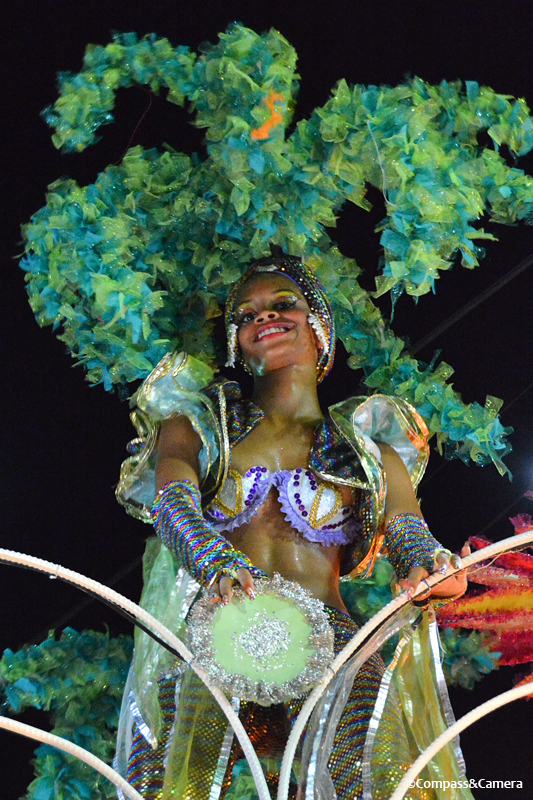


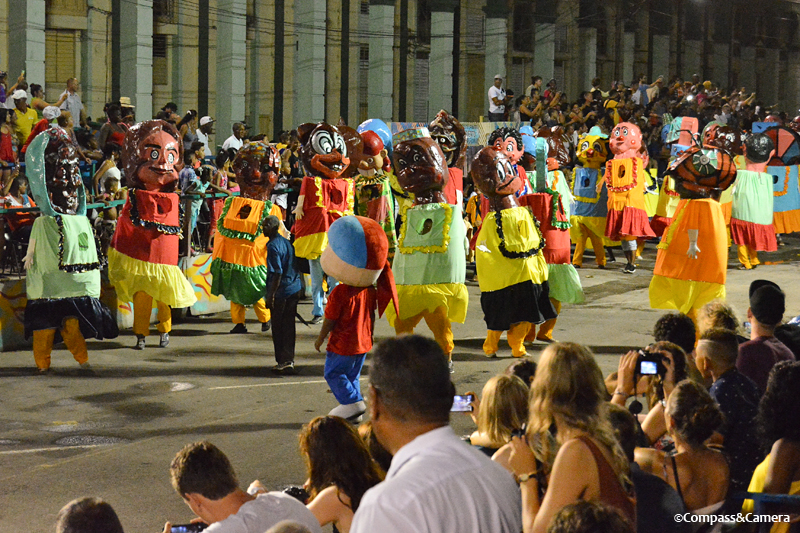

















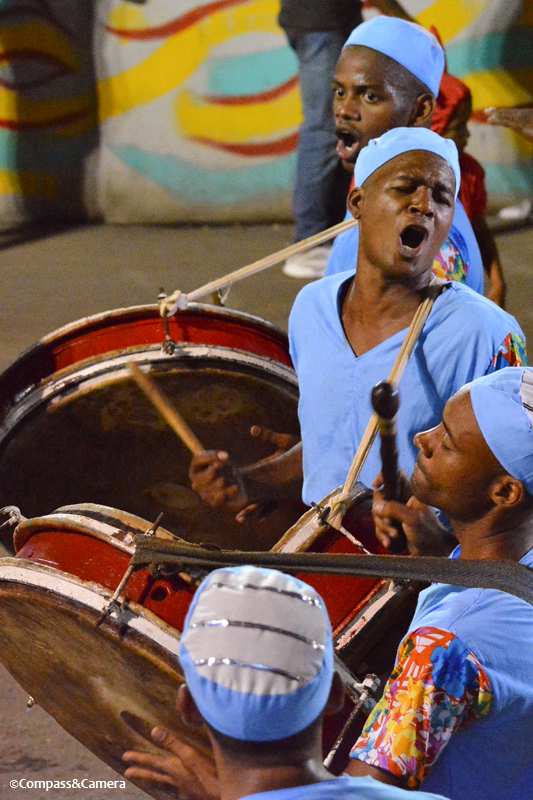





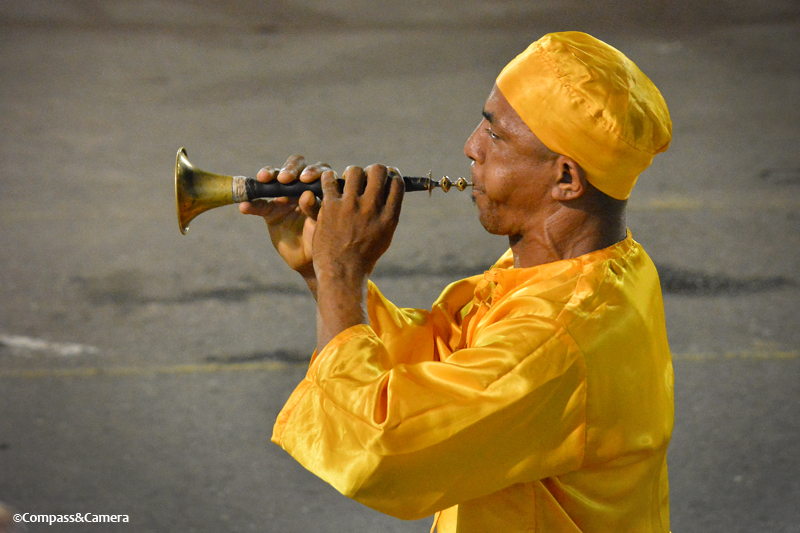

























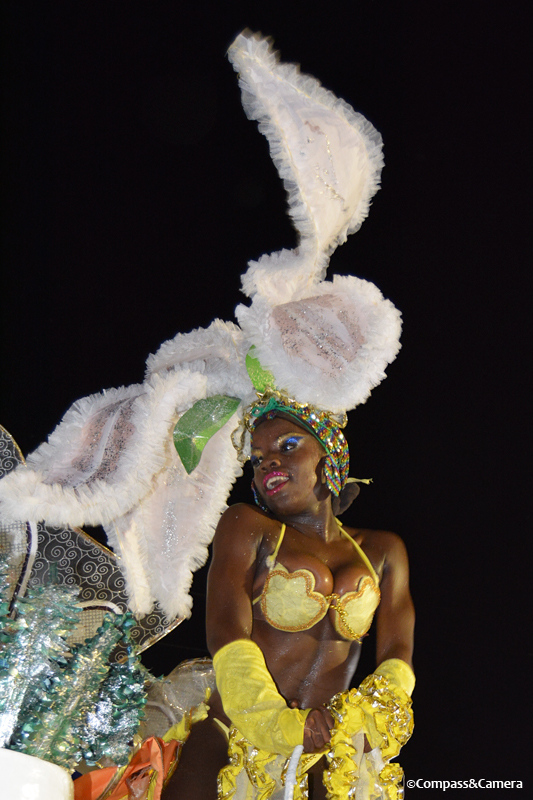

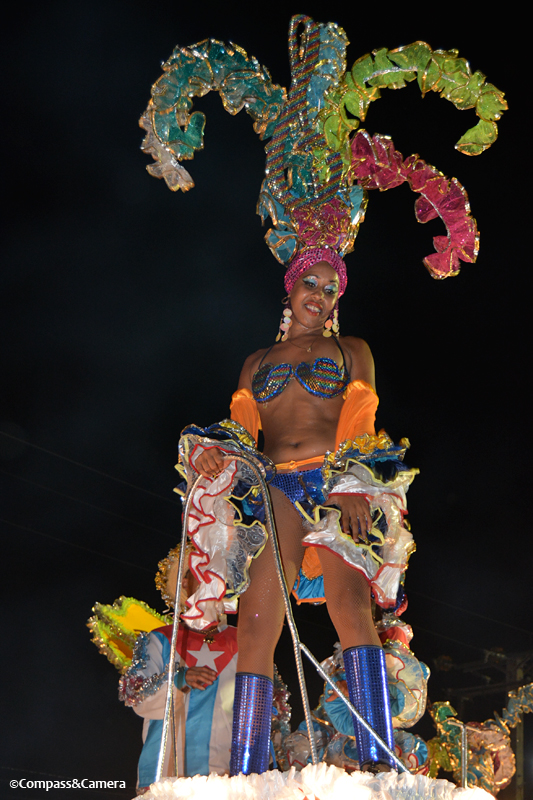
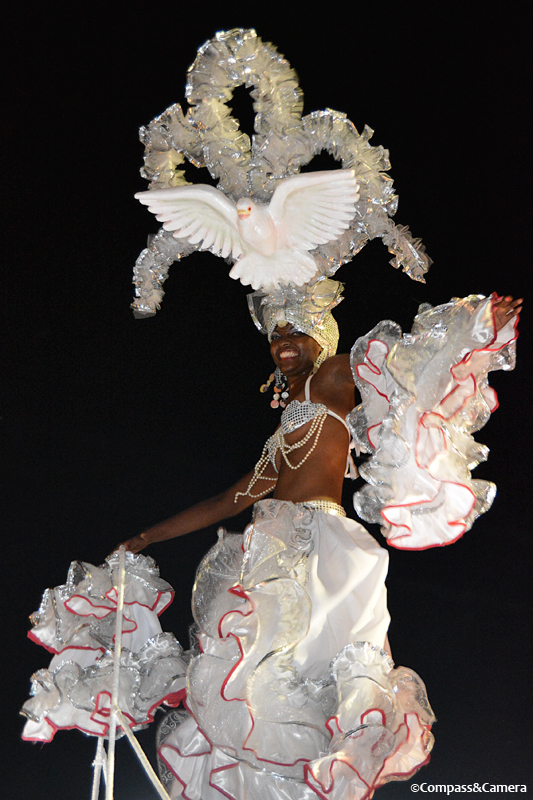
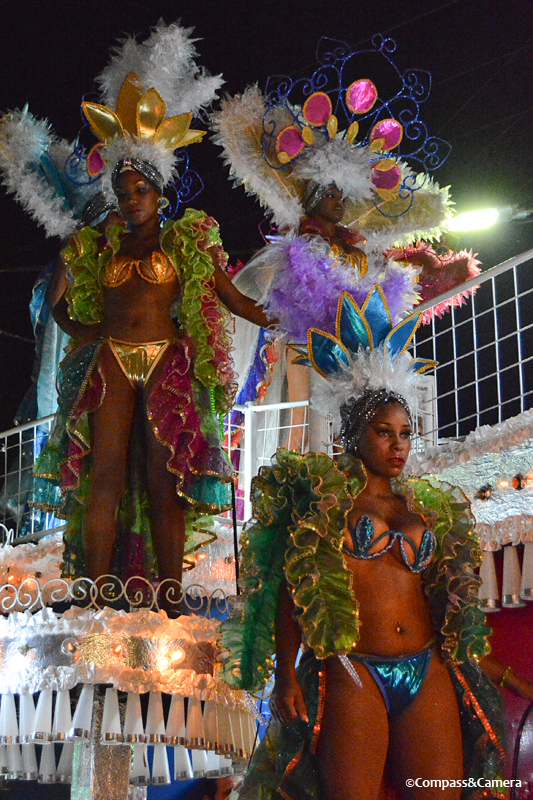
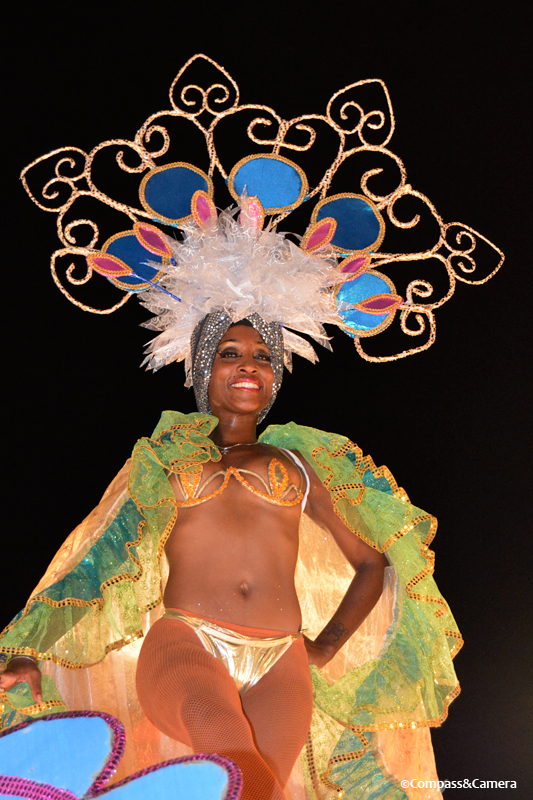
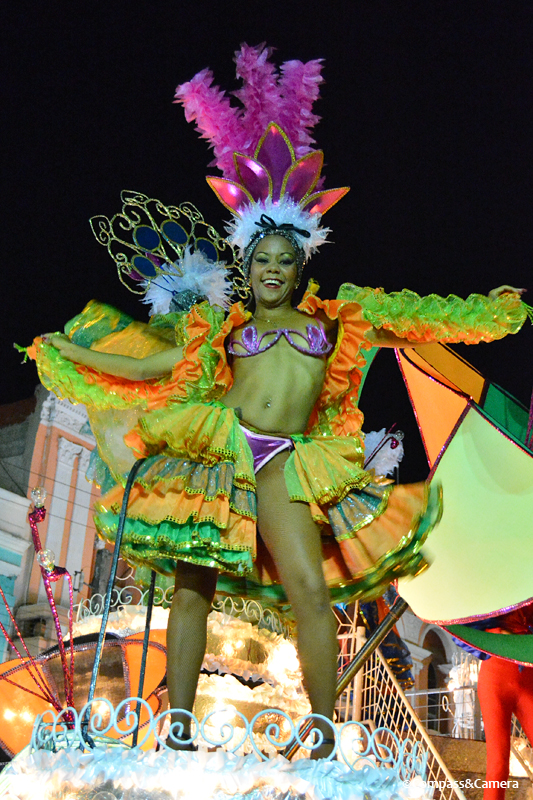
Wow wow wow. How fabulous that you got to be there for this! And you for some amazing photos. What time of the year is it held?
Alison
LikeLike
Thanks! It happens from around July 19th to July 26th or so. We just got back last Friday. I think Havana also has a carnaval, and it happens in August so it’s probably coming up soon. K.
LikeLiked by 1 person
Amazing photos, and spectacle. It’s good to hear that the Cuban spirit flourishes.
LikeLike
Thanks Angel! I’m hoping to go back someday and try out the beaches. 🙂
LikeLike
A 13-hour taxi ride, and then you stand for hours watching all this? Man, you have more energy than I can imagine! I would love to see this, but I’m thinking I may have gone to the taco stand long before the best of the best showed up on floats. Did you have a taxi reserved to come pick you up…that sounds very humane!! I wouldn’t have thought of that, I’m sure. Your photos…at night…very fast again? Or flash…some for sure aren’t flash. And I love this line: “But Cuba isn’t linear and exploring the country is more akin to falling in love than to following an itinerary.” And I am so glad to hear your own creative voice on your blog again (though I did like the motorcycle chronicles immensely, loved that he bought a van at the end).
LikeLike
Thanks Badfish! I have no doubt you would love Carnaval, and if you can arrange a few things to make the long evening more comfortable (grandstand seating with drink service and a taxi that will return at 1:30 a.m. to pick you up) it really helps with the long hours. But really, there was so much to look at I hardly noticed how late it was. My film speed was set at 5,000 I think (for the photos of the floats and around the staging area). I only used a flash a couple times. There was a lot of random ambient light and uplighting on the floats so it was possible to get some good light if I waited for the right moments. Thanks for your love of my words and voice — it makes me want to keep writing. So, next post on Havana coming up soon! Hope you’re well in Malta! 🙂
LikeLike
Wow! Great blog, Kelly. I felt like I was right there with you, listening to the beat and watching fascinating costume after fascinating costume pass by. So glad you withstood the 13 hour taxi drive for the experience… and then brought it to us. –Curt
LikeLike
Thank you, Curt!! I had a lot of moments during that taxi ride when I wondered if Carnaval would be as good as I hoped it would be. I’m happy we endured the journey. The reward was so worth it. Happy to know you enjoyed the post. Always great to have you along for the ride! 🙂
LikeLike
I can only imagine the second guessing that was going on during the taxi ride, Kelly. You were quite the trooper. My concerns would have started about an hour out! But the Carnival did look great. –Curt
LikeLiked by 1 person
What a wonderful post! I felt like I was there with you, feeling the rhythm and taking in the scene with all the senses. The photos manage to catch all the movement and feeling, and your descriptions add so much detail. And having just bounced across Mongolia, brain rattling in skull, I felt the pain of your 13-hour drive!
LikeLike
Thank you, Lex! So happy you enjoyed this post. As painful as travel can be in countries like Cuba and Mongolia, there are such great rewards to find if you can just endure the time needed and mode of transport used. I actually secretly loved the taxi ride and wasn’t bummed at all that we couldn’t fly to Santiago de Cuba. There’s nothing like seeing an entire country by road and all of the daily life happening between start and finish. 🙂
LikeLiked by 1 person
I totally agree. I was the only person who stayed awake for all the drives; I LOVE seeing the landscapes up close. (I also have big-time FOMO!)
LikeLiked by 1 person
Pingback: Weekly Photo Challenge-Fun – WoollyMuses
Pingback: Fun (Boating) | What's (in) the picture?
Wow, so much colour! I love it! Great photos!
LikeLike
Thank you! 🙂
LikeLike
Pingback: Weekly Photo Challenge: Fun! | stenoodie
I have to give another WOW! Great post and photos! 🙂
LikeLike
Thanks, Kevin!! Next post — about Havana — coming up today or tomorrow. 🙂
LikeLiked by 1 person
There is something special about true passion within a culture ~ and you capture this so well with your words but especially with your photos. I’ve heard so much about Carnaval, but you’ve shown a side of Cuba and the Carnaval I hadn’t imagine. There is always a little bit of discomfort in getting to the magic of a place, and you’ve done it here 🙂
LikeLike
Thank you so much, Randall! I agree — passion within any culture adds an intangible and really enjoyable quality to experiencing a culture. Seeing the heart, and fire in the belly is a rare and wonderful thing. I’ve been glued to the Olympics recently — perhaps for this reason. Amazing to see talented people from all over the world with the common goal of pushing their hardest and doing their best.
LikeLike
What a colorful sight, must have been amazing to experience! Greetings, Ron
LikeLike
Hey Ron! Thank you! Next post about Havana is coming up soon! 🙂
LikeLiked by 1 person
Pingback: Leaving My Heart in Havana – Compass & Camera
Pingback: Postcards From Trinidad – Compass & Camera
Pingback: History, a Photograph and the View Over Guantánamo – Compass & Camera
Wow! I had no idea Carnival was such a big deal there. Those are some great photos of the incredible costumes!
The first time I went to Cuba in 2003, the week before I went the Havana-Trinidad flight was hijacked and taken to Key West. Back then going to Cuba wasn’t like today and that would have been embarrassing to be on that flight. Anyway, I’ve enjoyed your posts about the island.
LikeLike
Awesome! Thanks for reading, Jeff! Great to hear you’ve enjoyed the posts on Cuba. Must have been amazing for you to see Cuba in 2003! Yeah, Carnaval was SO amazing. I’m surprised there’s not more written about it, although I’m sure this will change now that restrictions are being lifted. Thanks for your comment.
LikeLike
Pingback: My Top 12 Travel Experiences by Month – Compass & Camera
Great pics!!!
LikeLike
AJ! Hello again! Finally answering comments and just recommended that you check out this post about Carnaval. Great to find you already here. If you can time your visit for Carnaval at the end of July, you’ll be in for an amazing time as you can see by the photos.
LikeLike
Pingback: Carnaval: Into the Heart of Cuba – Compass & Camera | msamba
Pingback: Repost of the Day: Postcards From Trinidad – Compass & Camera